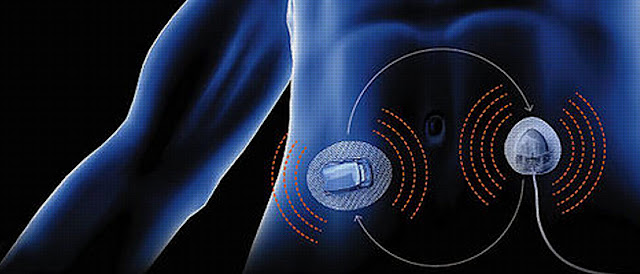Streamlining Healthcare: The Essential Guide to Medical Claims Processing Services
Healthcare
providers struggle to maintain the highest level of service quality as the
global healthcare business grows. The number of claims is rising as medical
insurance coverage expands. It takes a lot of time, money, and qualified
employees to process these claims on top of administrative work, medical care,
and other everyday activities. The process used by insurance companies to
review claim submissions for sufficient data, validity, reasoning, and
authenticity is known as claims processing. The insurance provider may fully or
partially reimburse a doctor for the cost of the procedure. As a healthcare
professional, you are aware that insurance companies typically deny claims. It
might be difficult to pursue insurance companies for money that is rightly
yours.
According to Coherent Market Insights the Medical Claims Processing Services Market Global Industry Insights, Trends, Outlook, and Opportunity Analysis, 2022-2028
The
foundation of any health insurance provider is medical claims processing
because it is at this moment that the insurance industry starts to process
medical data in order to get ready to fulfil its obligations to consumers by
examining, approving, and paying claims. Businesses and employees engage in the
insurance procedure, and when the time comes, the medical claims process
enables them to receive their just pay. Business process automation (BPA) is
used by health insurance companies to streamline procedures like those involved
in medical claims, accounts payable, contract administration, and onboarding
new employees. Companies can handle claim forms more efficiently and precisely
just by following this procedure. Business process automation (BPA) includes
automated medical claims processing. Businesses use BPA to automate routine,
repetitive, and frequently duplicated daily processing processes. Medical
Claims Processing Services by
providing data to the appropriate person in the processing chain and relying on
user-defined actions and rules, the automated process increases the pace of
work.
The ability of providers to abandon
ineffective and error-prone human operations is automation's main advantage.
Staff members are no longer need to comb through various and complicated payer
revisions, medical records, and coding lists in search of the appropriate data
to attach to a claim. Automation makes it possible for standardised workflows,
which, when combined with electronic records management, makes the claims cycle
more consistent and allows for decisions to be made using real-time correct
data.
A
request for a refund of expenses incurred for treatment is known as a
health insurance claim or a medical insurance claim. Depending on the type of
claim procedure you have chosen, the insurance company, upon verification of the
claim, either settles the bills directly with the hospital or reimburses the
amount you spent.




Comments
Post a Comment